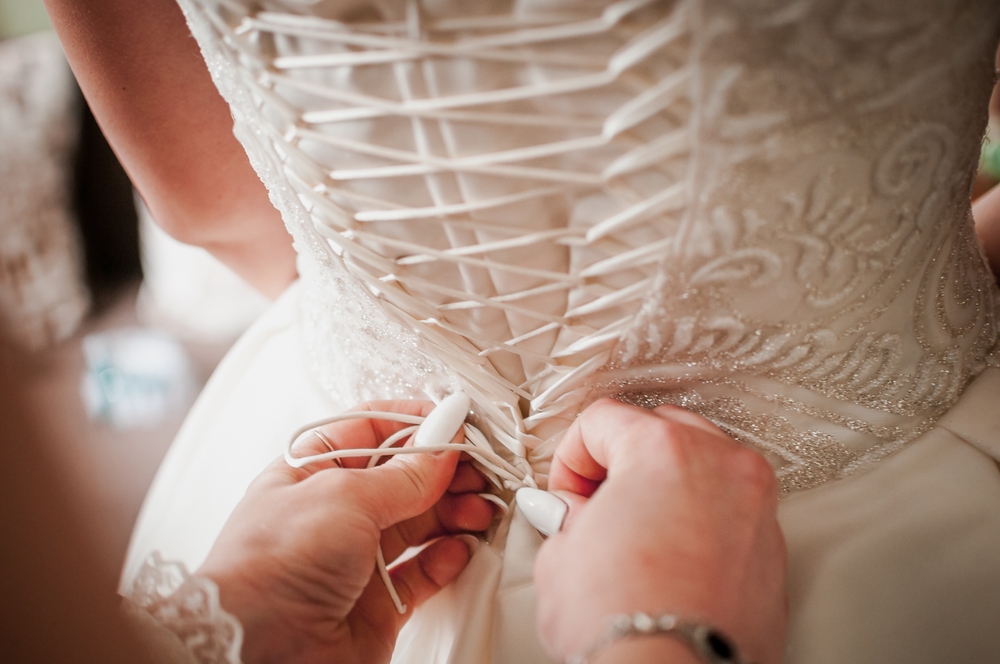Mother of the Bride Dresses: A Practical Guide to Style, Fit, Color, and Etiquette
Selecting the perfect mother of the bride dress involves balancing personal style with wedding etiquette, coordinating with the overall theme, and ensuring comfort for the special day. This comprehensive guide covers everything from understanding dress codes and choosing flattering silhouettes to coordinating colors, managing budgets, and finalizing accessories for a polished, appropriate look that celebrates the occasion.

Finding the right mother of the bride dress requires careful consideration of multiple factors that extend beyond personal preference. The role comes with unique responsibilities and expectations, making it essential to balance individual style with wedding protocols, family dynamics, and the overall celebration aesthetic.
Understanding the Wedding’s Dress Code and Overall Theme
The foundation of choosing an appropriate mother of the bride dress begins with thoroughly understanding the wedding’s formality level and theme. Formal evening weddings typically call for floor-length gowns or sophisticated cocktail dresses in luxurious fabrics like silk, chiffon, or crepe. Casual outdoor ceremonies allow for more relaxed options such as midi-length dresses or elegant separates in breathable materials.
Seasonal considerations also play a crucial role in dress selection. Spring and summer weddings often feature lighter fabrics and brighter colors, while fall and winter celebrations lean toward richer tones and heavier materials. Beach weddings require different considerations than church ceremonies, with flowing fabrics and comfortable footwear becoming priorities for sandy venues.
Choosing Flattering Silhouettes and Ensuring a Proper Fit
Selecting a silhouette that flatters your body type ensures confidence and comfort throughout the wedding day. A-line dresses universally flatter most figures by creating a balanced proportion from shoulder to hem. Empire waistlines work well for those wanting to emphasize the bust while creating a flowing silhouette. Sheath dresses offer a sleek, sophisticated option for those comfortable with a more fitted style.
Proper fit extends beyond basic measurements to include comfort during extended wear. Consider the dress’s movement allowance for dancing, sitting during ceremonies, and navigating reception activities. Professional alterations often make the difference between a good dress and a perfect one, with adjustments to hemlines, waistlines, and sleeve lengths creating a custom appearance.
Picking Colors and Fabrics That Complement the Wedding Palette
Color coordination requires diplomatic communication with the bride to understand her vision while avoiding potential conflicts. Traditional etiquette suggests avoiding white, ivory, champagne, and other bridal tones, though modern weddings often allow more flexibility. Navy, burgundy, forest green, and jewel tones provide elegant options that photograph well and complement most wedding palettes.
Fabric choice affects both appearance and comfort throughout the celebration. Chiffon and georgette offer graceful movement and breathability, while crepe and jersey provide structure and comfort. Avoid overly shiny or attention-grabbing materials that might compete with the bridal party’s attire. Consider the season and venue when selecting fabric weight and texture.
Planning Your Budget, Shopping Timeline, and Alterations
Establishing a realistic budget early in the process prevents overspending and allows for proper planning of alterations and accessories. Mother of the bride dresses typically range from moderate to luxury price points, with quality options available across various budgets.
| Price Range | Typical Options | Where to Shop |
|---|---|---|
| $100-300 | Department store brands, online retailers | Nordstrom, Macy’s, Amazon |
| $300-600 | Designer brands, specialty boutiques | David’s Bridal, Tadashi Shoji, Alex Evenings |
| $600-1200 | High-end designers, custom options | Neiman Marcus, Saks, local boutiques |
Prices, rates, or cost estimates mentioned in this article are based on the latest available information but may change over time. Independent research is advised before making financial decisions.
Begin shopping 4-6 months before the wedding to allow adequate time for selection, ordering, and alterations. Rush orders often incur additional fees and limit available options. Schedule alteration appointments 6-8 weeks before the wedding, allowing time for multiple fittings if necessary.
Finalizing the Look with Accessories, Shoes, and Day-of Details
Accessories should complement rather than compete with the dress while considering the wedding’s formality and your role in the celebration. Classic jewelry pieces like pearl or diamond earrings and a simple necklace often work well. Avoid overly large or attention-grabbing pieces that might distract from the overall elegance.
Shoe selection requires balancing style with practicality, especially for outdoor venues or long celebration days. Consider heel height, comfort level, and venue appropriateness when making selections. Bring chosen shoes to final dress fittings to ensure proper hemline adjustments.
Day-of preparation should include a final dress check, backup accessories, and emergency supplies like stain removal pens or safety pins. Consider the weather forecast and have appropriate wraps or umbrellas available for outdoor elements.
The perfect mother of the bride dress balances personal style with wedding appropriateness, ensuring comfort and confidence throughout the celebration. By considering dress codes, fit, color coordination, budget planning, and thoughtful accessorizing, mothers can look elegant while honoring their important role in their child’s special day. Remember that the goal is to complement the wedding’s beauty while feeling comfortable and confident in your chosen attire.




